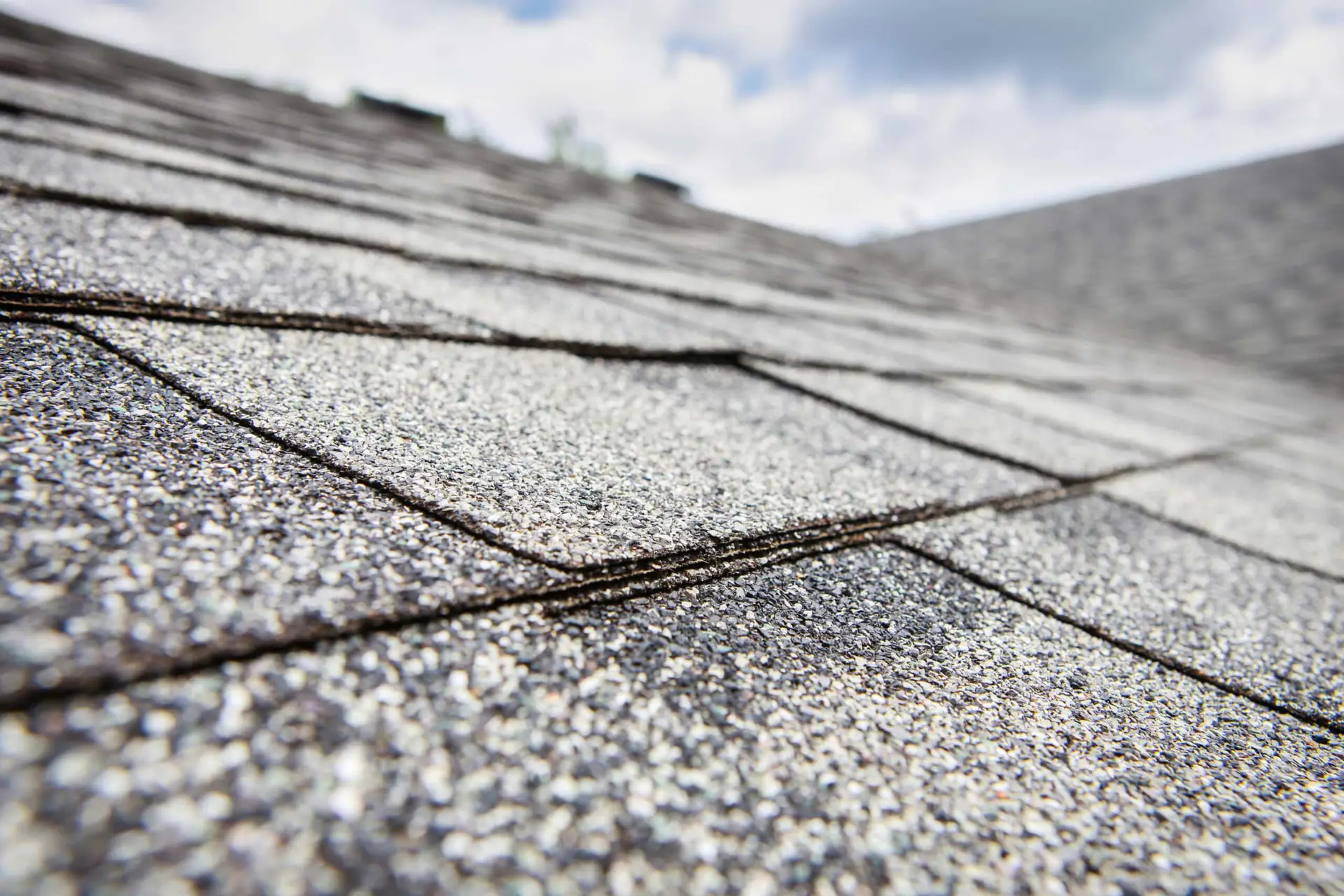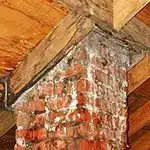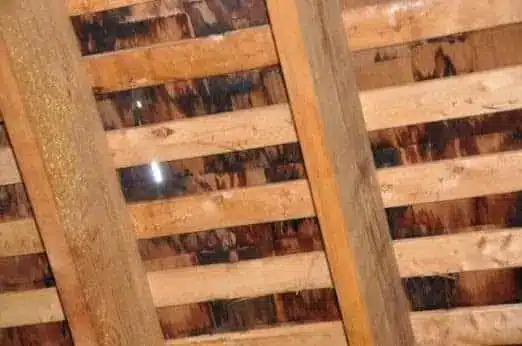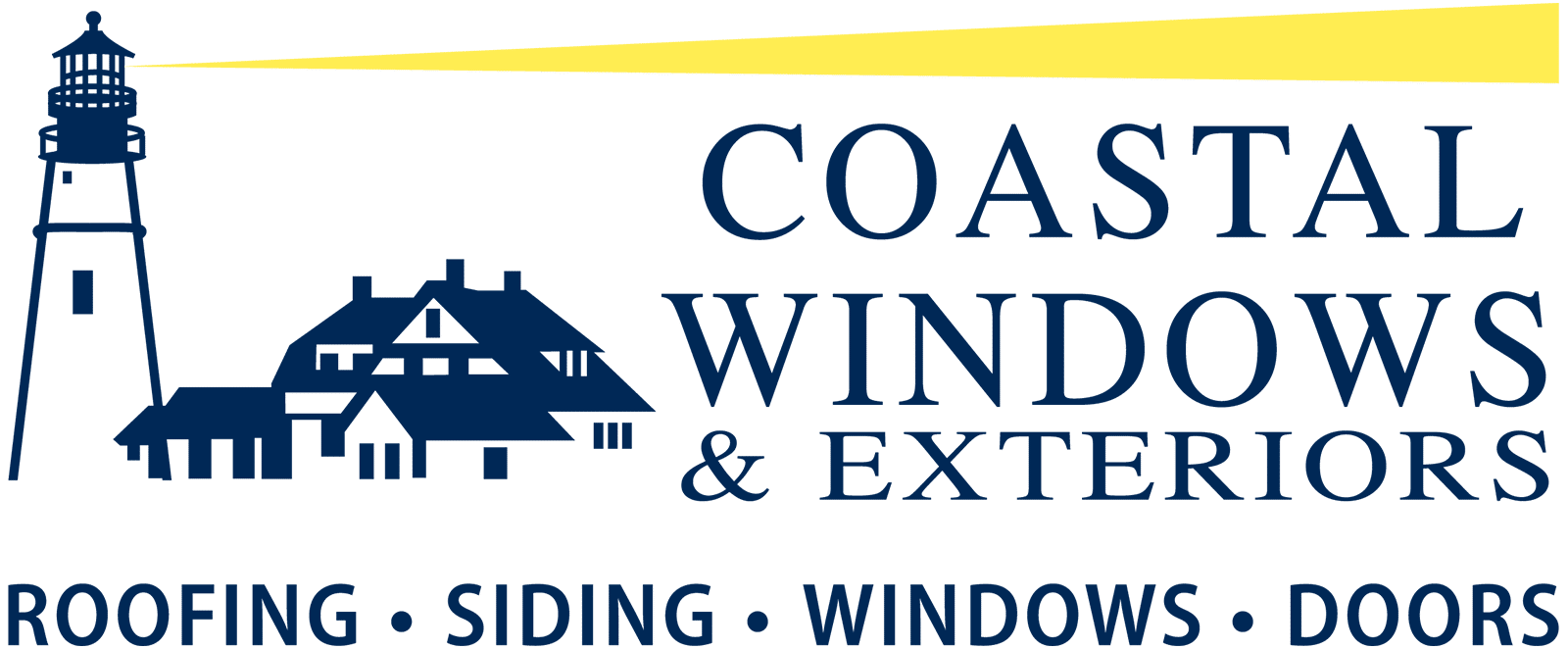How to Tell if Your Roof is Damaged (And When it’s Time to Replace)
Your roof takes a significant impact from the elements every day of the year, ranging from intense heat to freezing rain. A damaged roof can pose plenty of problems—some big, some small, but they must be addressed before an insignificant amount of damage turns into tremendous trouble.
These are a few obvious (and not so obvious) signs that your roof is damaged:
Shingle Granules in the Gutters

This is one of the smaller signs of roof damage that can easily go unnoticed. This is especially true during this time of year when your gutters begin to fill up with leaves that bury the granules below.
Looking like coarse, black sand, shingle granule is a sign that your roof is wearing out. While shingles can lose granules sporadically over the course of their lifetime—and in small amounts—it’s not normal to find a pile of granules inside your gutters or anywhere close to your home.
Storms, strong winds, and age all account for granule loss. If your roof is losing a lot of granules or it looks stripped of those granules, roof replacement is in order.
Next, let’s talk about roof deterioration.
Roof Deterioration Around the Chimney, Pipes, and Vents

One of the first places for deterioration to occur is around the chimney. Caulking around this area can wear out over time, allowing water to seep inside your home.
From there, extensive damage can occur if the leak goes undetected. This damage includes rotted wood in the attic or stains on interior walls and ceilings.
On the other hand, you might notice other more obvious signs of roof deterioration such as missing shingles. Shingle nails can loosen over time, especially in a poorly installed roof.
This results in the shingles blowing away and exposing your attic space to the elements. The problem worsens from here as heat escapes right from your attic during the winter, making your energy bills rise.
Mold Found Where the Roof and Siding Meet

Mold is a no-go for any exterior product, including the roof! When roofing starts to fail, you might find some mold growing where the edge of a roof meets a sidewall. What’s worse is that the moisture can seep inside of window frames and behind the siding panels, which can lead to the entire window and vinyl siding replacement.
If you’re experiencing this issue, you might want to look inside the corners of your interior walls as well. You might discover stained interior walls or even mold in the corner of a room. No
matter where the mold is located, this is a sign to take action because it affects your home’s structure.
Speaking of structure, a sagging roof is a sign of roof replacement but it is also dangerous!
Sagging Rafter Beams

All roofing in MA should have straight framing. However, sometimes sagging can happen which can ultimately result in a collapsed roof!
What are the causes of a sagging roof? Below are the common reasons that can cause the roof to sag:
- Water Damage: When there are issues with the structure of your roof, rainwater contributes to the problem. Over time, the rain will break down the structure of the roof while eating away at the wood.
- Heavy Snow: We’re not quite into snow season yet, but this is another cause for a sagging roof. Snow weighs about 20 pounds per cubic foot. If ice involved, you can add another 5.2 pounds per 1-inch of ice depth. Your roof is designed to withstand the weight of snow but only to a certain extent.
- Bad Joints: When we’re talking about joints, we don’t mean your knees or your fingers. Improperly constructed roof joints can cause the rafter beams to sag, splinter, and even break.
- Old Age: While a high-quality roof can last a lifetime, old age and New England’s climate can take a toll on a roof. If your roof is 25-30 years old (or even older) it’s time to consider a new roof replacement to get you through the upcoming winter months.

When Should I Replace My Roof?
If your roof is showing any of the aforementioned signs, it’s advised to replace your roof as soon as you can. Worried about financing? We are always running promotions, and we provide awesome financing. Ready for your free quote? Contact us now by calling 978-817-7072.






